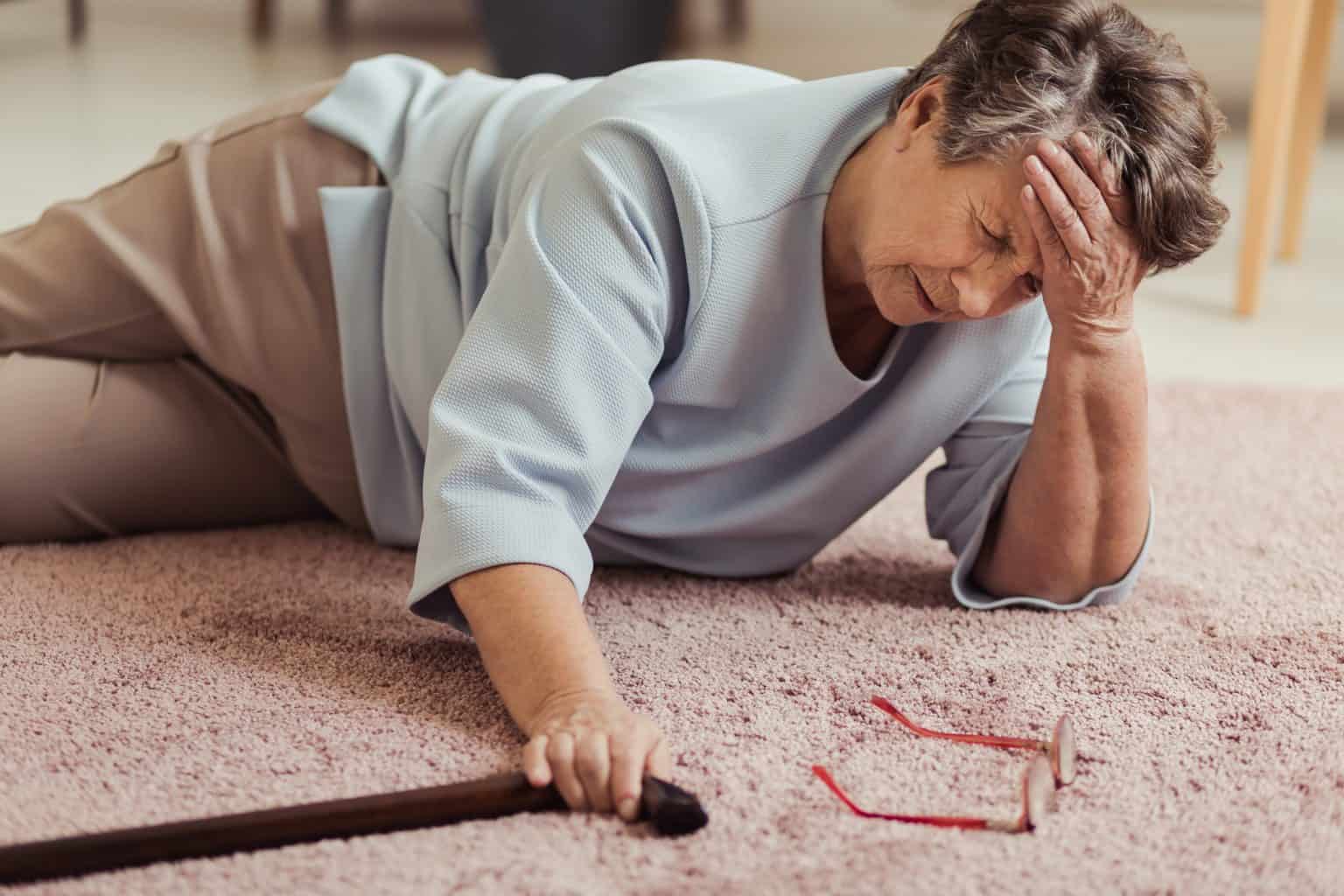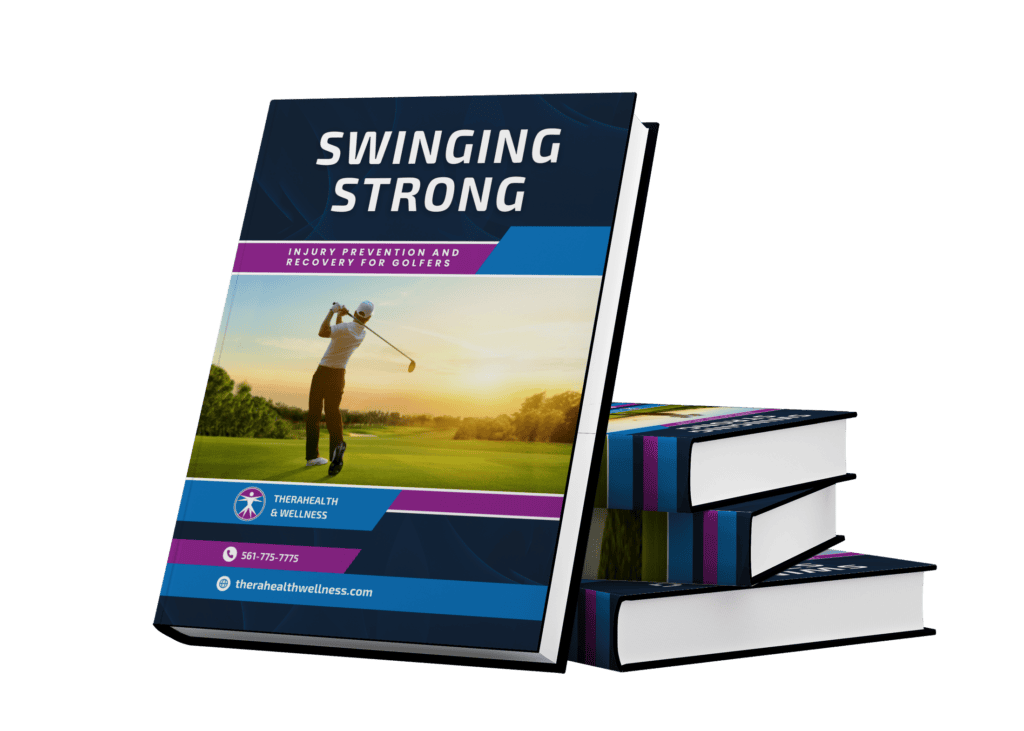Did you know that falling is the primary cause of accidental death in adults aged 65 and over? 70% of accidental deaths in people 75+ are due to falls. Meanwhile, over 90% of hip fractures in adults 70 and older occur due to a fall. Falling is also a common reason elderly adults are moved from independent living at home or in a community to a nursing home. Once a person has their first fall, the risk of falling increases. Elderly fall prevention is critical for both of these reasons.
What’s the best way to reduce the risk of falling in elderly adults? Research shows that strength training (also known as resistance training) is one of the best ways to improve strength and balance and reduce falls.
Do you want to keep your independence and steer clear of fatal falls? Then you need to understand your risk of falling and how strength training exercises can help. Plus, we’ll give you two types of exercises to help you stay on your feet, so keep reading.
Are You at Risk of Falling?
Over 33% of elderly people in independent retirement communities fall each year. But that percentage rises to 60% when looking at falls per year in nursing home communities.
Risks for falling vary by person. Yet, American Family Physician found that four risk factors are most to blame for elderly falls:
- Aging
- Use of medication
- Cognitive impairment
- Sensory deficits (i.e., hearing or vision loss)
When elderly people fall, physicians will want to evaluate the reason for the fall. This is in the hopes of putting elderly fall prevention measures in place.
Physicians or family members may also order a fall risk evaluation to determine whether the elderly adult can live independently. Not only that: lowering the risk of falling can markedly increase the quality of life of elderly people and their caregivers.
Why Is Strength Training Important for Preventing Falls?
Strength training has been repeatedly shown to help reduce falls in elderly populations.
In fact, a study showed that resistance training combined with endurance and balance exercises can decrease the rate of falling. Not only that, but these combined exercises can also help elderly adults improve their walking, balance, and general strength.
Another study showed that resistance and balance training, in particular, helped improve muscle strength in elderly people. The resistance and balance exercises were performed five times per week for 8 total weeks. After these 8 weeks, all participants had a decreased risk of falling.
Elderly Fall Prevention Exercises for You
Physical therapy can help elderly people improve their strength and balance, which will reduce the risk of falling. And physical therapists have come up with some genuinely beneficial exercises for people just like you.
We’ve compiled some of the best strength and balance exercises for you below. Of course, you should always speak to your doctor about whether these exercises are right for you.
Sit-to-Stand Exercises
Sit-to-stand exercises will help strengthen your legs and improve your balance. Both of these factors are important for reducing your risk of falling. Here’s how to do sit-to-stand exercises.
Start by sitting in a sturdy, flat chair with a solid surface like a table in front of you. Sit comfortably with your feet flat on the floor and scoot your bottom to the edge of the seat.
When you’re ready to begin, slowly rise to a standing position. Use the table for support if you need it but keep in mind that your ultimate goal should be to stand without using your support surface.
Make sure you lean your chest over your thighs and shift the weight of your body forward. And don’t forget to squeeze your glutes as you move to stand!
Once you feel sturdy on your feet, slowly sit back down. Move your bottom to the edge of the seat again and repeat the exercise 10 times twice per day for best results. Better yet, add hand weights to your workout to increase the level of resistance.
Exercises for Balance
Balance exercises will help you strengthen your core and legs. Performing five repetitions of the following exercises for 10–30 seconds, two times per day will help you improve your balance and reduce your risk of falling.
Begin your first balance exercise standing in front of a table for support. Stand with your feet separated, approximately shoulder-width apart. Hold your position for 10 seconds or up to 30 seconds if you can.
Once you feel confident with the first exercise, you can move on to the next one. Begin your second balance exercise by standing in front of your support table, this time with your feet together. Hold your position for 10 seconds or up to 30 seconds if you can.
If you’re feeling confident with the second exercise, move onto the third. Begin in front of your support table again. Lift one leg so that you’re balanced on one foot. Hold your position for 10 seconds or up to 30 seconds before switching sides.
When you’re comfortable performing all three of these exercises, you can add an additional step. Perform each exercise as described above but close your eyes. Hold each position for 10 seconds or up to 30 seconds.
Reduce Your Risk of Falling and Keep Your Independence
Strength training is vital for elderly fall prevention. Doing the two different types of exercises we listed above two times per day could significantly increase your ability to stay on your feet. That way, you can always feel confident while living independently.
Are you looking for a physical therapist that can help you improve your strength and prevent falls? Contact Therahealth & Wellness to schedule a consultation and learn if you’re a candidate for our physical therapy services.




